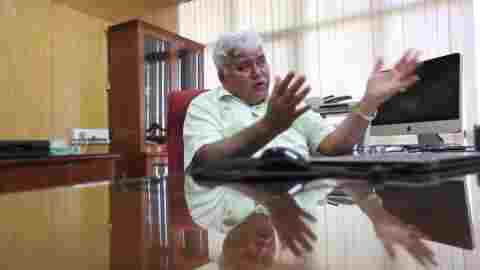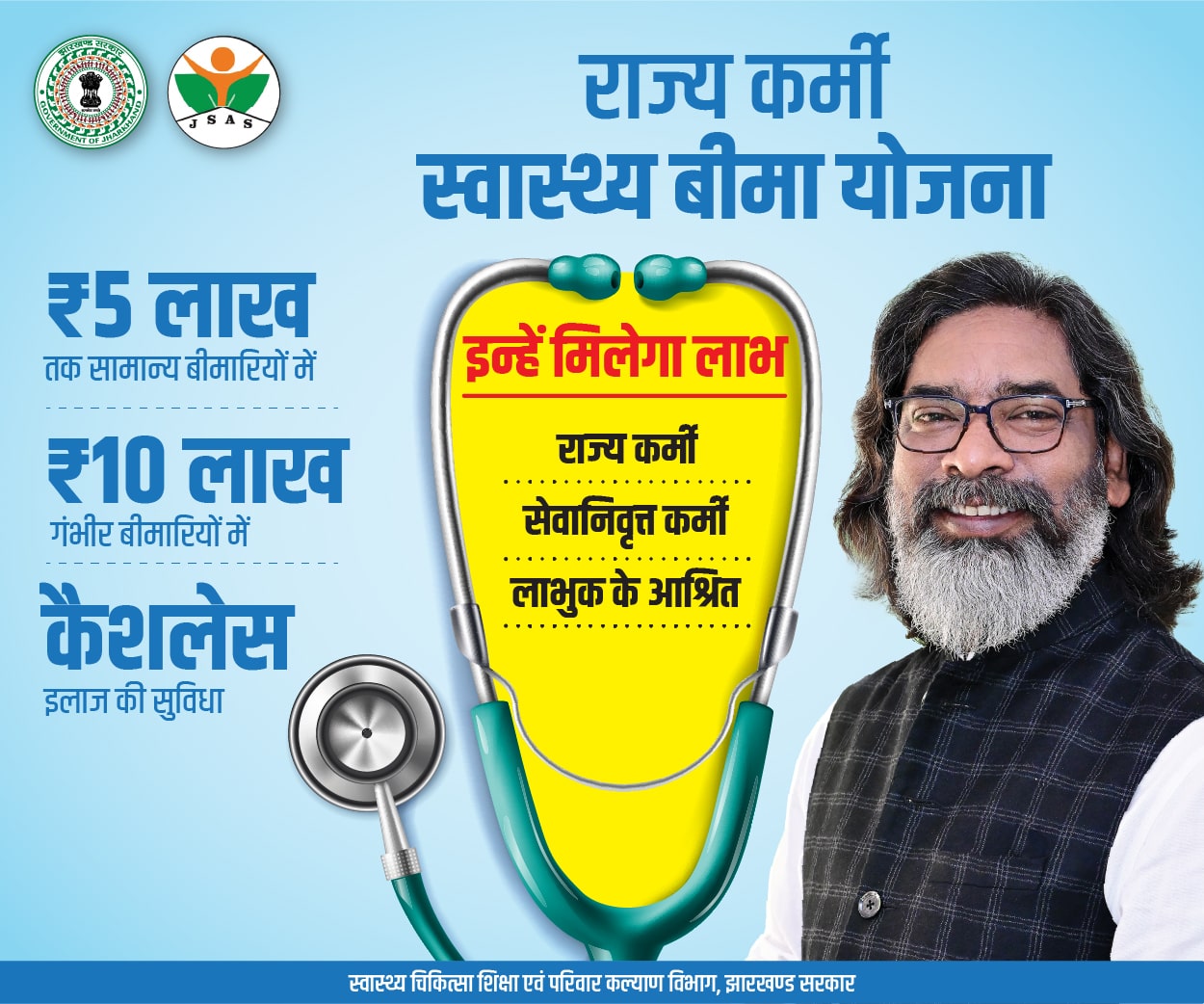
The Telecom Regulatory Authority of India (TRAI) finalized & issued recommendations on the “Issues related to Digital Terrestrial Broadcasting in India.
According to TRAI chairman R.S. Sharma –this is a move that may lead a combination of multiple DTT transmitters at a location, which can provide a rich bouquet of SDTV, HDTV, UHTV, mobile TV channels, radio service and other value added services.
In the digital era, consumers now prefer to have access to number of TV channels on various devices such as mobile phone and other handheld devices. However, terrestrial viewers are deprived of such benefits due to non availability of digital terrestrial broadcasting services, he added.
Sharma further added- Terrestrial television broadcasting is the preferred method for providing free-to-air TV services to the people in most of the countries. At present, Terrestrial TV broadcasting in India is under the exclusive domain of Doordarshan (Prasar Bharati), the Public Service Broadcaster and it is predominantly analog.
While a large number of TV channels are available to the consumers through various delivery platforms such as DTH, Cable TV, IPTV, HITS etc, the existing terrestrial TV platform provides only a few channels which do not offer a value proposition to the viewers.
Today, in the digital era, consumers prefer to have access to number of TV channels on various devices such as mobile phone and other handheld devices. However, terrestrial viewers are deprived of such benefits due to non availability of digital terrestrial broadcasting services.
According to recommendations- Digital Terrestrial transmission may be implemented in the country in three phases with complete migration and analog switch off by December 2023.
Analog terrestrial broadcasting is being phased out world over due to poor quality of service, inefficient use of spectrum and obsolescence of analog technologies. In order to exploit benefits of digitization several countries have already switched off analog terrestrial TV broadcasting while many others are in the process of digitization as per the roadmaps laid down by them.
In India, although the work for digitization of analog terrestrial transmission has already begun, a clear roadmap is yet to be formulated to ensure an early migration to digital.
DTT provides a number of advantages over existing analog TV services such as Better quality of TV reception – with enhanced quality of picture and sound, efficient use of frequency spectrum – one DTT transmitter can broadcast multiple TV channels (20 to 30 SD TV Channels in a given slot of 7 to 8 Mhz by using latest compression technologies).
In analog, one transmitter broadcasts only one TV channel.Efficient reception of TV channels in portable environment such as on moving vehicles.TV channels can also be received on mobile phones and handheld devices without requiring internet and broadband connection .
A combination of multiple DTT transmitters at a location can provide a rich bouquet of SDTV, HDTV, UHTV, mobile TV channels , radio service and other value added services .
In this regard,TRAI had therefore, sou-moto issued a consultation paper on “Issues related to Digital Terrestrial Broadcasting in India” on 24th June 2016 with a view to review the existing terrestrial TV broadcasting scenario for implementation of DTT across the country.
The Authority, after examining various issues emerging from the comments of the stakeholders, Open House Discussion, and international practices, has arrived at the recommendations on key issues associated with the implementation of
DTT across the country.
The salient features of these recommendations are time bound introduction of DTT services throughout the country to provide alternate affordable platform to consumers in accessing TV channels, Mobile TV services and other value added services.
In the recommendation TRAI has suggested that Private players should be permitted to provide DTT services along with the public service broadcaster (Doordarshan) to ensure plurality and competition in the market.
Private participation expected to bring in investment and speed up the digitization process, thereby benefiting the consumers by providing variety of TV channels and value added services.
A total of seven DTT transmitters may be allowed in a particular service area for making DTT as a competitive platform for providing rich bouquet of services including SDTV, HDTV channels, Mobile TV services and value added services. Maximum number of DTT providers may be capped at five (one public broadcaster and four private broadcasters) at a particular place as per availability of spectrum.
Ministry of Information and Broadcasting in consultation with Wireless Planning and Coordination Wing of Department of Telecommunications and other technical agency such as Broadcast Engineering Consultants India Limited (BECIL) may carry out comprehensive frequency planning for roll out of DTT services in a time bound manner.
According to recommendations- Digital Terrestrial transmission may be implemented in the country in three phases with complete migration and analog switch off by December 2023.
In Phase I Metro Cities will be under DTT within the timeframe of 31st December 2019,in Phase II cities having more than 10 lakh population as per census 2011 will be under DTT within the timeframe of 31st December 2021 and in the III Phase rest of India will be under DTT within the timeframe of 31st December 2023.
TRAI has recommended that a minimum overlap of three month must be provided as simulcast period for migration from Analog to digital platform before analog switch off. To steer implementation of DTT as a mission mode project to ensure creation of a facilitating environment and timely completion for digitization of terrestrial broadcasting TRAI has recommended a Coordination Committee by the Ministry of Information and Broadcasting.


